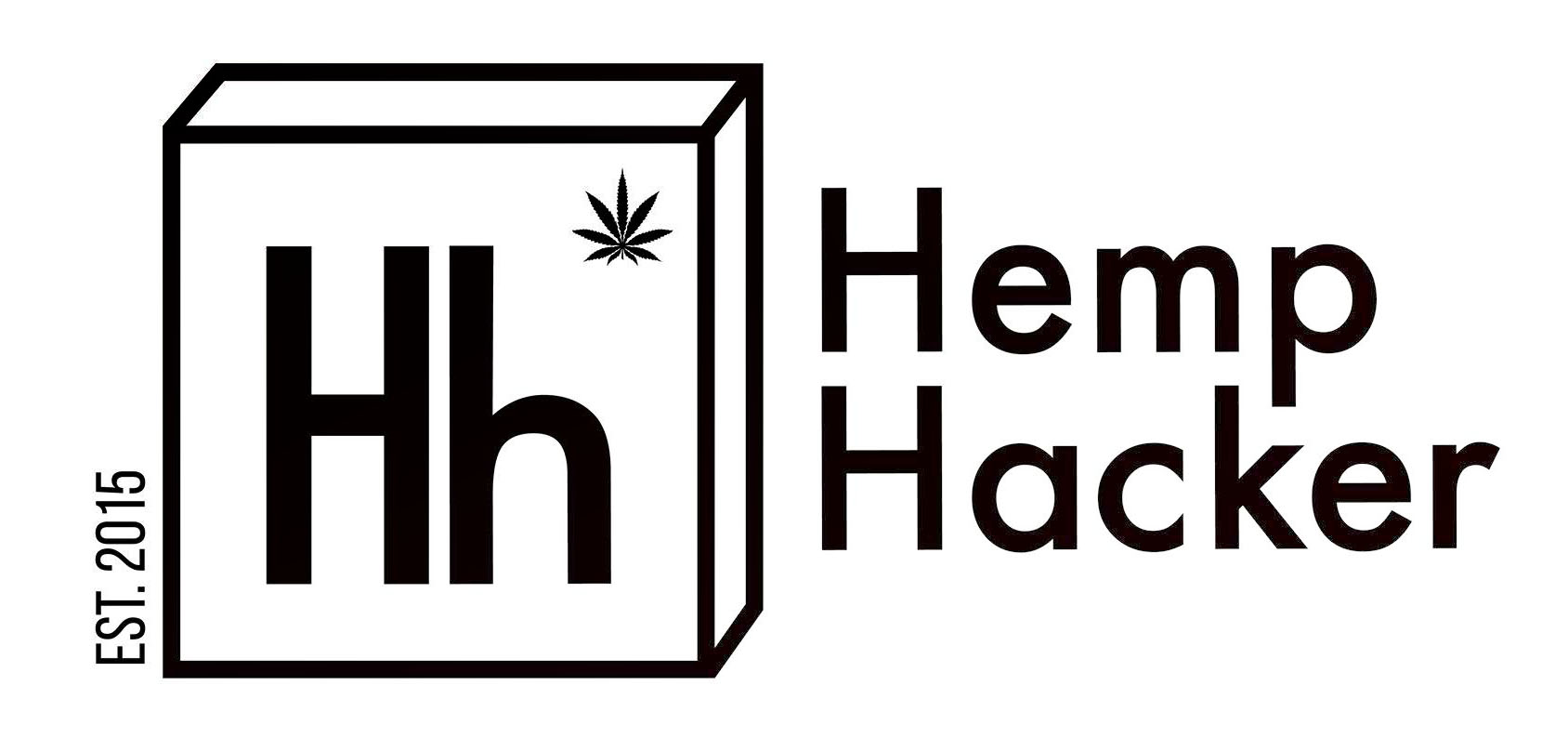I remember the first time I transferred oil from the collection chamber of a BHOGart onto a silicon mat. Suffice it to say, it was a sticky shit show. Years of laboratory experience dealing with proteins that took months to purify have surely equipped me with proper handling techniques of some BHO, I thought to myself. Nope. It was terrible. I’ve since changed up my methods and added winterization to my routine. This makes for an easier process since you’re going to dissolve your extract in ethanol.
Speaking of lab experience, I would like to share one of my biggest lessons in the practice of laboratory science: DO NOT RUSH! Every time I’ve rushed an experiment, something went wrong. This is especially true for pharmaceutical products that humans will consume. There can be no deviations from protocol – this is the future of the cannabis industry. Extracts are difficult to deal with so don’t rush.
One of the key lessons from the laboratory is to have everything in place before you attempt to perform any process. This also applies to cooking – there is a French culinary saying, “mise en place.” This translates to “putting in place,” or having everything you need set up and ready to be used. This helps to prevent mishaps in the process.
Step 1: read the post about winterization.
In that post I describe the ratio of ethanol to extract to best dissolve into, how to freeze and precipitate waxes from your extract, filtration/removal of the waxes, and how to purge off the ethanol. Assuming you’ve finished the initial purge of ethanol, you now have a soft pliable extract/ethanol mixture in your pyrex dish with a consistency/viscosity that is between molasses and honey. You’re ready for the scrape.
Step 2: transfer small sections of the extract from pyrex to oil slick sheets.
Again, take your time and be patient. Divide your extract into 8-10 segments and focus on transferring one segment at a time. Scrape underneath and gather the extract onto the top side of your spatula (or razor blade). It’s more important to transfer it in globs than it is for it to peel back as a flat piece – that happens after the final purge. This is a messy process and it never looks pretty until you get to the end product.
Place your silicon mat underneath your oil slick pad so that you know how much space you have to work with. Equally space out the globs from one another on the oil slick sheet and try to make sure that when they’re flattened out, that they will not take up a larger space than your silicone mat.
Step 3: sandwich your extract between the oil slick sheet and silicone mat.
Now that your extract is on the oil slick sheet, take your silicone mat that was underneath it and place it on top of the extract. Now flip it like a pancake, leaving the silicone mat on the bottom and oil slick sheet on top. You’re now ready to roll out the globs into a flat sheet.
Hot and cold conditions will help you manipulate your extract, but since it’s still in a semi-liquid form, the extract can still be manipulated. Take your rolling pin (just like the one Grandma uses in the kitchen) and flatten out the globs. You can work the globs towards the center of the silicone/oil slick sandwich and then work them back out towards the sides until you have an even layer of oil.
Step 4: peel back the oil slick sheet to transfer the extract to the silicone mat.
This is a tricky step to get right, and I will typically chill the extract in the freezer for a few minutes to make the transfer easier. The tool that helps this process is a ruler or straightedge. The mechanism/trick here is that the silicone mat will have more adhesion to the extract than the oil slick sheet will.
Now take your ruler and place it at one corner of the oil slick sheet. Pick up the corner of the sheet with one hand and start pulling it back over the ruler. The goal is to pull the corner you start at towards the opposite corner of the oil slick sheet. If all goes well, you’ll have a clean sheet of oil slick and all the extract will be neatly transferred to the silicone mat.
Things seldom go as planned. You will certainly become frustrated, but you must practice patience until you’ve mastered this process. Take your clean spatula if you have trouble separating the oil slick sheet from the extract, and help it along. Use your left hand to hold the ruler and the peeled back oil slick sheet, and use your right hand to manipulate the extract with the spatula. Again – take your time. Use cold conditions to help reduce the adhesion to the oil slick sheet.
You’re now ready to start purging.
Conclusion – take your time to master the skill.
Transferring extracts is sticky business. You will need time to refine your skill with the tools you have on hand. Perhaps you’ll invent a process that can be monetized! Know that with practice, you will master it. The fortunate part of this process is that you can always redissolve your extract with ethanol and start over.
As always, if you have any questions please post them in the comments section. Your questions and time are valuable and we will make every attempt to help you through your process.

